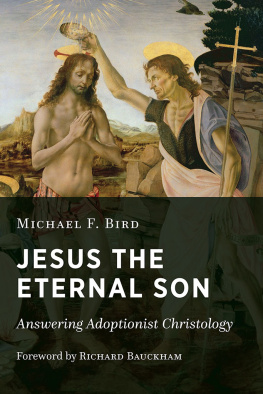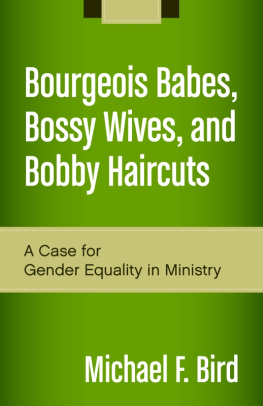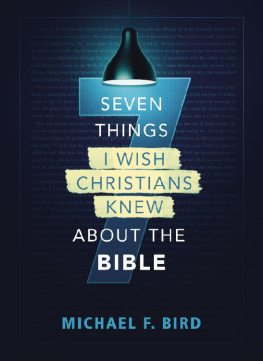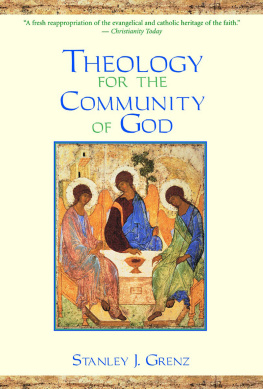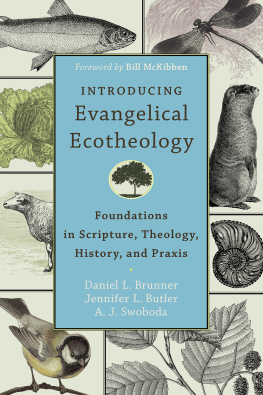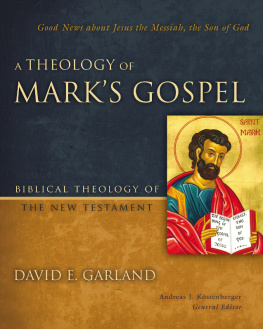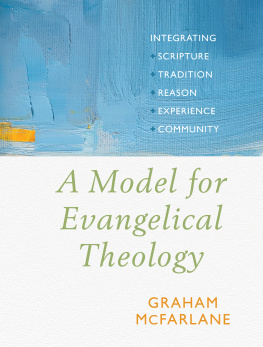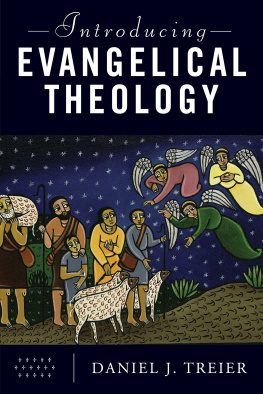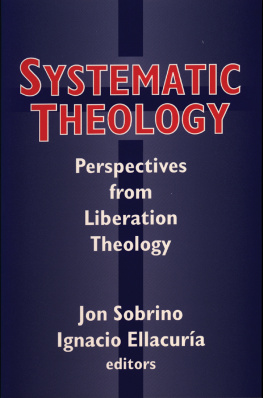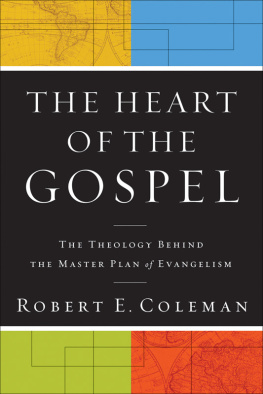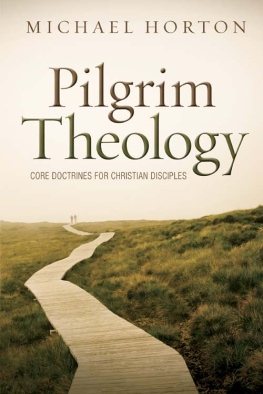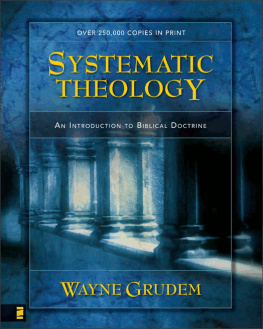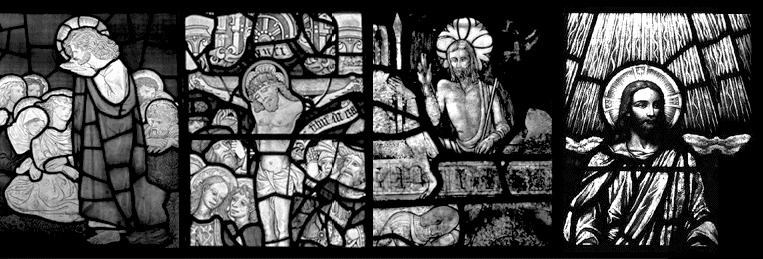T his book was written for one reason. There are a lot of good theology textbooks written by evangelicals, but I do not believe that there is yet a genuinely evangelical theology textbooka theology textbook that has its content, structure, and substance singularly determined by the evangel. This volume is an attempt at such an exercise. I have found many inspiring dialogue partners along the way: Kevin Vanhoozer, John Webster, Peter Jensen, N. T. Wright, D. A. Carson, and Alister McGrath. My goal has been to construct a theology of the gospel for people who identify themselves as gospel people, namely, the evangelical churches. Though obviously the term evangelical means different things to different people, I intend it as designating those faith communities who hold to the catholic and orthodox faith and who possess a singular religious affection for the Triune God, combined with a zealous fervor to proclaim the gospel to the ends of the earth.
Many people must be thanked for what has appeared here. The usual suspects are my wife, Naomi, and my children, Alexis, Alyssa, Markus, and Theodorethey encourage me, support me, inspire me, and keep me accountable. I received help from friends who read portions of the manuscript in draft and final stages, including Michael Allen, Gerald Bray, Rhys Bezzant, Graham Cole, Jason Hood, Michael Jensen, Weber Hsu, John MacClean, Ben Myers, Michael Williams, and Trevin Wax. Their advice and corrections were crucial, but all faults remain my own.
My arrival back in Australia meant a transition from teaching exclusively New Testament to teaching theology and New Testament across two colleges, Crossway (Brisbane) and Ridley (Melbourne). This has been a beneficial experience as it has enabled me to finally concretize proposals and plans that have been simmering away in my mind for over ten years. Ive been consumed with what evangelicals believe as well as how and why they believe it. Recently, my poor students in Brisbane and Melbourne have had to put up with my attempt finally to verbalize those thoughts about the nature and goals of evangelical theology. The notes prepared for those classes, which ranged considerably in unity and coherence, formed the basis of the chapters that appear here. Im grateful for the willingness of my students to listen and question me in the journey we took together.
Im also grateful to my colleagues at Crossway College and Ridley College for fellowship along the way as this volume was produced. Stephen Morton chased up several volumes that I needed to read in order to complete this project, and I am grateful to him for his excellent library support. My student Mr. Ovi Buciu chased up several obscure references for me and compiled my abbreviations list. Miss Kirsten Mackerras made some creative diagrams for me about christological heresies. David Byrd provided timely help with compiling a bibliography. I have to thank Special K, being none other than the indefatigable Katya Covrett, my editor at Zondervan, for her enthusiasm on this project, especially when it meant deferring other Zondervan projects I was doing.
Finally, a major inspiration of this book was my former lecturer and friend Rev. Jim Gibson (Malyon College and Salisbury Baptist Church). Jim is a remarkable chap as a lecturer, pastor, and theologian. He brings a wonderful mix of theological depth, evangelistic fervor, and pastoral sensitivity to his teaching ministry. His introductory course to theology and his concept of discipleship as gospelizing were formative to my own theological thinking as will be clear from what follows. I always carried with me the idea of evangelical theology as a consistent application of the gospel, thanks to Jim. Our families have spent much time together and they are among our closest friends. So to Jim this book is dedicated in gratitude for his friendship to me and my family.
Michael F. Bird, 1 April 2012
Holy Feast of St. Boschlavich of Guarderloopu
Note: The standard abbreviations for classical Greek and Latin works as well as those of the church fathers will not be listed here. They can be found in The SBL Handbook of Style. Any that are not in that style manual will be spelled out in full.
AB | Anchor Bible |
ABD | The Anchor Bible Dictionary |
ABRL | Anchor Bible Reference Library |
ACCS | Ancient Christian Commentary on Scripture |
ACD | Ancient Christian Doctrine |
ACT | Ancient Christian Texts |
ANF | Ante-Nicene Fathers |
AOTC | Abingdon Old Testament Commentary |
ATLAMS | American Theological Library Association Monograph Series |
ATR | Australasian Theological Review |
BBR | Bulletin for Biblical Research |
BDAG | A Greek-English Lexicon of the New Testament and Other Early Christian Literature (3rd ed.) |
BECNT | Baker Exegetical Commentary on the New Testament |
Bib | Biblica |
BIS | Biblical Interpretation Series |
BNTC | Blacks New Testament Commentaries |
BSac | Bibliotheca sacra |
BST | The Bible Speaks Today |
BTCB | Brazos Theological Commentary on the Bible |
CCC | Catechism of the Catholic Church |
CD | Church Dogmatics (Karl Barth) |
CEB | Common English Bible |
CGNTC | Cambridge Greek New Testament Commentary |
CITM | Christianity in the Making |
COQG | Christian Origins and the Question of God |
DNTB | Dictionary of New Testament Background |
DPL | Dictionary of Paul and His Letters |
DTIB | Dictionary for the Theological Interpretation of the Bible |
EBC | The Expositors Bible Commentary |
EDB | Eerdmans Dictionary of the Bible |
EDEJ | Eerdmans Dictionary of Early Judaism |
EDNT | Exegetical Dictionary of the New Testament |
EDT | Evangelical Dictionary of Theology |
EJTh | European Journal of Theology |
ERT | Evangelical Review of Theology |



